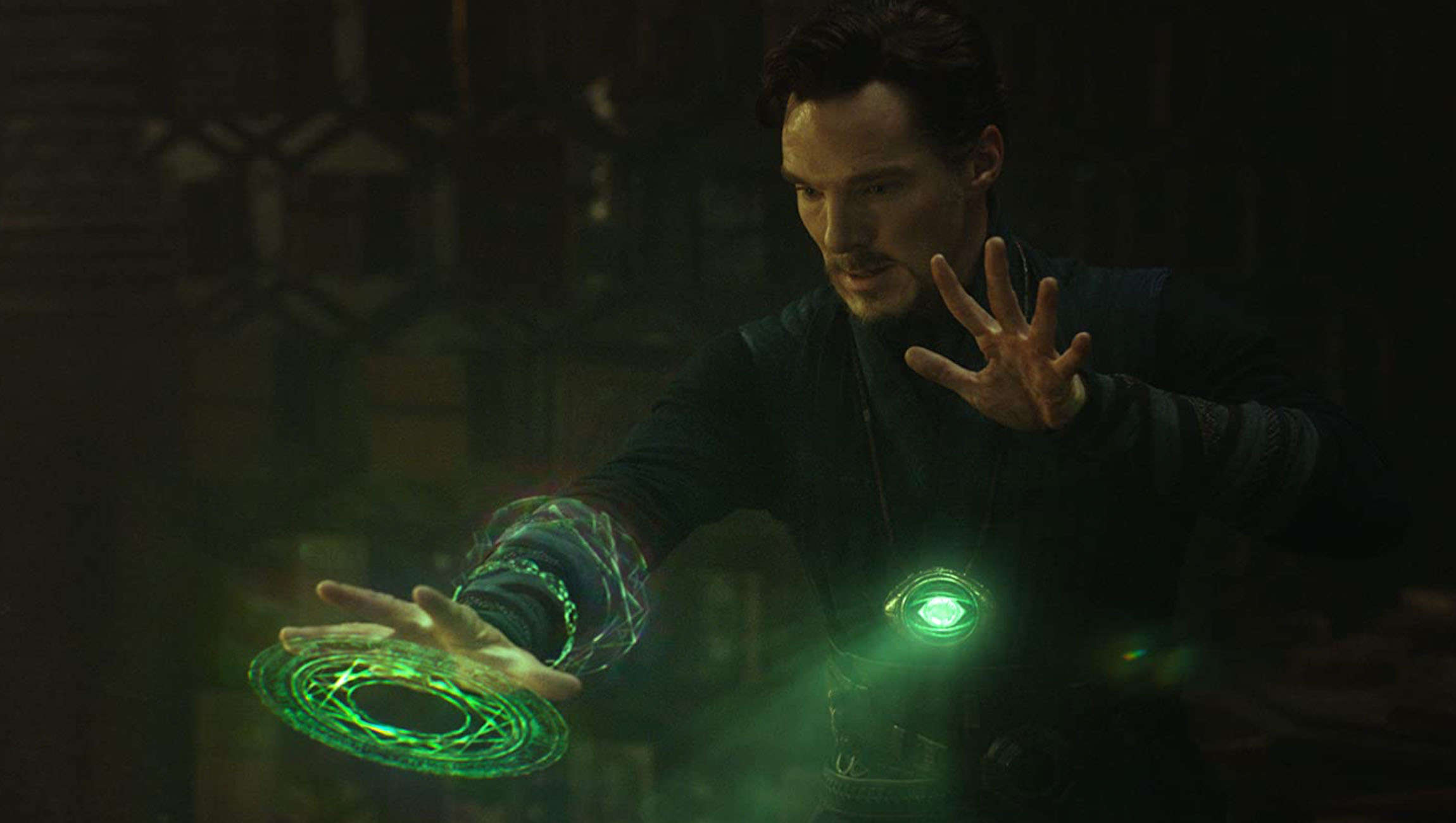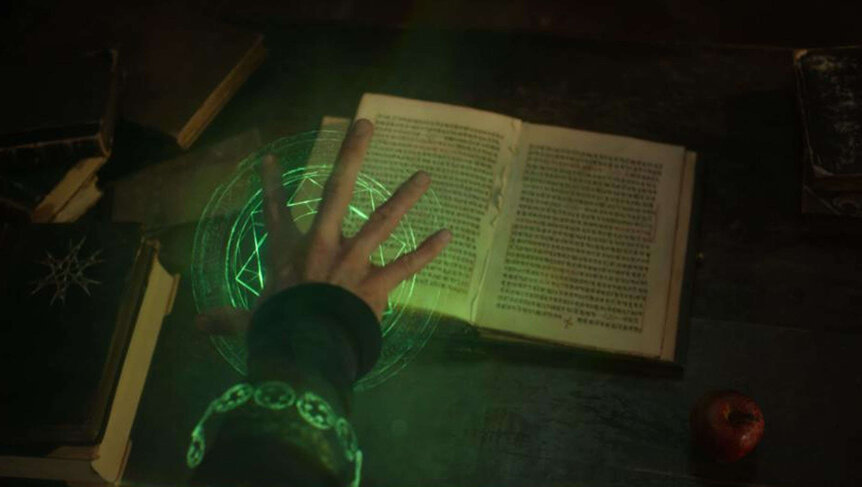Create a free profile to get unlimited access to exclusive videos, sweepstakes, and more!
Doctor Strange might want to trade his Time Stone for time crystals that are doing some otherworldly things

So maybe Doctor Strange wore the Eye of Agamotto, embedded with the Time Stone which was his own portable time machine (raddest necklace ever), but there is something just as bizarre outside the Marvel Universe that actually exists in this universe.
Time crystals were once just a phantom of a theory. While they can’t take you back or zoom you forward in time like the Time Stone, their atoms are arranged in a repeating pattern just like a regular crystalline structure. The difference is that time crystals follow a pattern that repeats in time instead of space. Their repeating motions in time happen on their own with no external influence, and could seriously upgrade quantum computers or the atomic clocks behind your GPS. This new phase of matter was confirmed to be real several years ago, and now two of them that were created in a lab were observed touching for the first time ever.
“What it comes to practical work, the rule of thumb is that everything always goes wrong in experiments, and then you just have to try again. So very rarely do you experience a moment when things just suddenly fall in place. It is more like an exhausting endurance test to wipe out a range of problems and mistakes, rather than one distinct moment of brilliance,” physicist Samuli Autti, who led a study recently published in Nature Materials, told SYFY WIRE about the breakthrough.
Going back in time for a moment, the existence of time crystals was first theorized by MIT theoretical physicist, mathematician and Nobel laureate Frank Wilczek in 2012. Flash forward four years later, and two teams of scientists were able to create them using completely different methods. Proof that creating time crystals were actually possible meant they had to be investigated further if they were ever actually going to be used for anything. Autti and his team froze the superfluid helium-3, a rare isotope of helium to -459.67° Fahrenheit. This is just one ten thousandth of a degree from absolute zero (the lowest possible temperature completely devoid of motion and heat). The deep freeze was necessary to achieve symmetry breaking, a property of regular crystals that only gets weirder when applied to time crystals.
Breaking symmetry only sounds like making symmetry vanish. What really comes out of this phenomenon is a lower symmetry. Liquids in their liquid state look exactly the same from every angle because the molecules in a liquid can move around freely in that liquid, but things change when that liquid freezes into ice and rearranges into a crystalline structure. It is not as symmetrical because the molecules in the crystal end up spaced apart at consistent intervals.
While it may sound ironic that symmetry breaks when a liquid transforms into a regular structure as opposed to an irregular structure, the consistency of that hard structure means it isn’t going to be as symmetrical as the liquid because it can’t just flow anywhere.
After freezing the helium-3, Autti and his team wrapped two coils of copper wire around the test tube. These were meant to pick up signals that would tell them about the rotation of the magnetic particles in the time crystals. Sure enough, two time crystals, which appeared more like clouds, emerged.
“This spontaneous rotating motion is what essentially makes the clouds time crystals. The size of each signal tells you how many particles there are in each cloud. Therefore changes in the populations are seen as changes in the signal size. If the two clouds touch, they will exchange particles back and forth in a particular way, which we saw in the experiment,” Autti said.
Time crystals could mean some unreal things for computing in the future. Quantum technology involves features of quantum physics that show quantum effects. For now, superconductors that are being tested for possible use in quantum computers behave similarly to time crystals. This flow of energy between superconductors, which can conduct without electrical resistance at extremely low temperatures, is called the Josephson effect. This is an infinite supercurrent that keeps on going without the need for any additional voltage. Time crystals that touch display this behavior through the exchange of magnons — waves that behave like particles — between them, and they don’t even need an insulating barrier like superconductors do.
“Time crystals are intrinsically very good at protecting their coherence. A basic requirement to enable quantum computing and technology is protecting coherence in the quantum system of interest,” Autti said. “Next to the Josephson effect, it also turns out that the underlying system of magnetic particles we used (magnon Bose-Einstein condensate) is very similar to a particular solid-state system where a magnon Bose condensate forms at room temperature. That is why one can potentially use these magnetic systems to build quantum devices that work even at room temperature.”
What about leveling up your GPS? That starts with atomic clocks, and what time crystals have in common with clocks is repeating motion.
“Time crystals are intrinsically good at maintaining the repeating motion that defines them. So in principle they also make for good clocks, because a clock is simply a phenomenon that systematically repeats in time,” explained Autti, though he is hesitant to say that time crystals should only be looked at for overhauling atomic clocks when there is so much more to the phenomenon. “At least as a thought experiment, this idea provides an illuminating emphasis of what is the essence of a time crystal.”
Even Doctor Strange would probably have his mind blown.















